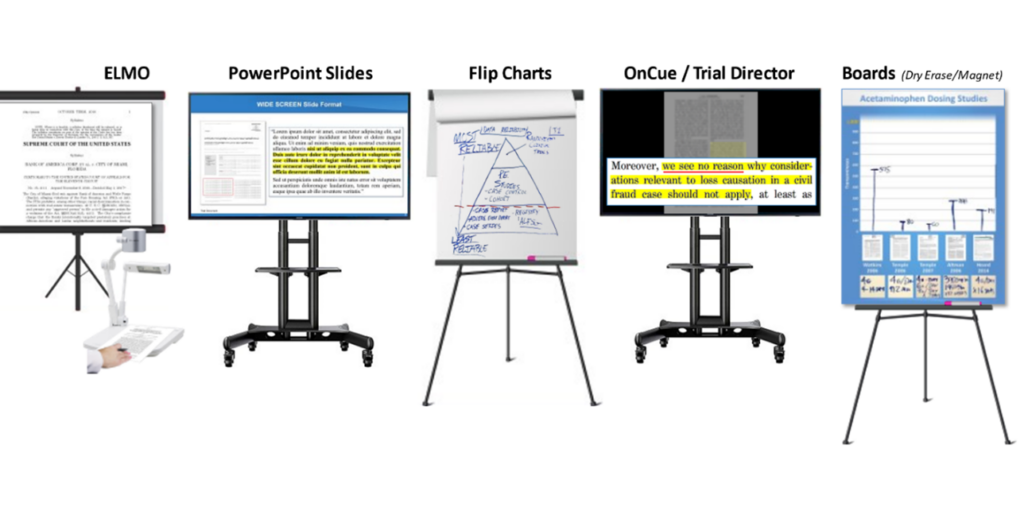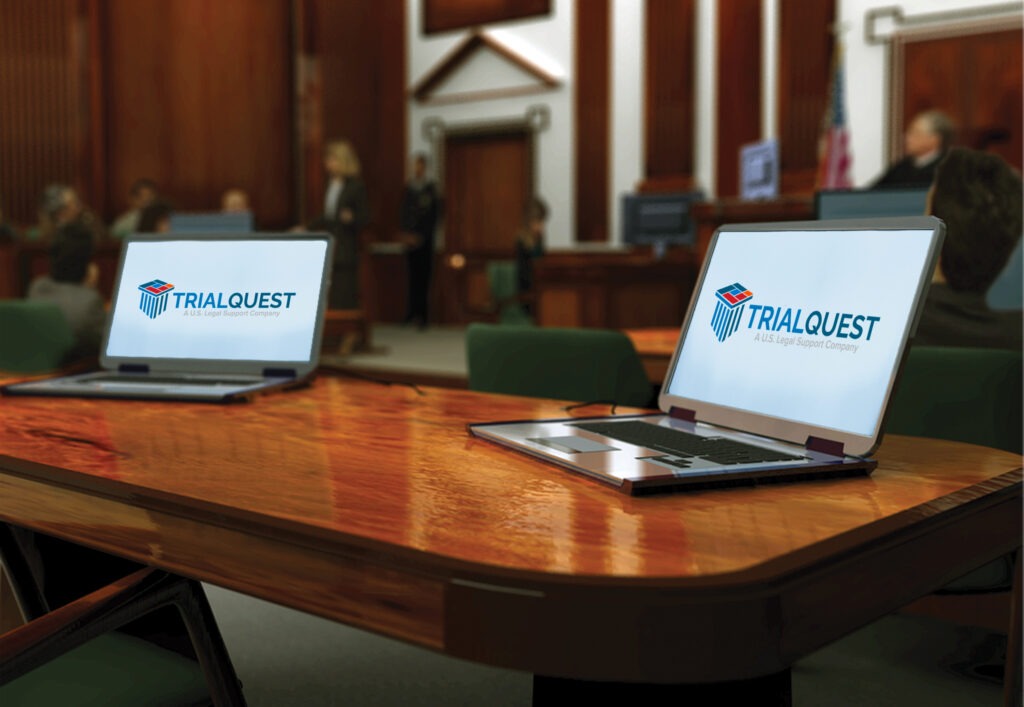Improve your case with dynamic and well-structured trial presentations for effective advocacy.
Improve your case with dynamic and well-structured trial presentations for effective advocacy.
Blog Article
Discover the Importance of Test Presentations for Effective Legal End Results
In the world of litigation, the efficiency of test discussions can commonly be the definitive variable in securing desirable legal end results. By equating complex legal disagreements right into engaging narratives, attorneys can boost juror understanding and involvement. Additionally, the strategic usage of aesthetic help and structured narration not only help in retention yet additionally forms the jury's assumption of the situation. As we check out the crucial elements of impactful test presentations, one must think about how these components link to influence the last judgment. What techniques can really boost a presentation from regular to extraordinary?
Understanding Trial Discussions
Comprehending trial presentations is critical for legal experts looking for to successfully share their debates and evidence to a court. A trial presentation acts as an essential tool in the court room, changing intricate legal principles and situation details right into a coherent narrative that jurors can quickly understand. Lawful practitioners should identify that jurors are commonly laypeople, unfamiliar with lawful jargon and procedural ins and outs. As a result, the ability to boil down info into clear and compelling visuals, alongside oral disagreements, considerably boosts the possibilities of desirable end results.
Furthermore, the framework and delivery of a test presentation can affect juror assumptions and decision-making. Effective discussions make use of a combination of storytelling, visuals, and influential strategies to involve jurors and maintain their attention throughout the test. This needs careful planning and prep work, as each aspect needs to line up with the instance strategy and objectives.
Additionally, understanding the emotional elements of juror behavior is essential in crafting an effective trial presentation. Legal experts need to think about how jurors interpret information, reply to psychological allures, and kind biases. By addressing these variables, lawyers can create discussions that reverberate with jurors, inevitably helping in the search of justice.
Crucial Element of Effective Presentations
Effective trial discussions rest on several crucial elements that jointly improve their effectiveness. Clarity is crucial; legal debates have to be expressed in a simple manner, staying clear of lingo that could confuse the jury. Speakers should structure their arguments logically, leading the target market via the story in a coherent series.

Visual help additionally play a crucial function in efficient presentations. Well-designed slides, charts, and graphics can assist boil down intricate information and enhance bottom lines, making them more remarkable. Furthermore, the usage of narration methods can involve the jury emotionally, developing a connection that goes beyond plain facts.
An additional crucial component is the speaker's shipment design. Self-confidence, interest, and appropriate body movement can considerably impact exactly how the message is received. Practicing effective eye contact and singing variation maintains the jury mindful and invested in the discussion.

Influence On Jury Perception
The effect of test discussions on court perception is profound, as the means information is communicated can substantially influence jurors' interpretations and decisions. Jurors are tasked with evaluating complex info and making resolutions based on evidence provided during the test. Reliable discussions that make use of clear visuals, engaging narratives, and arranged web content can enhance jurors' understanding and retention of vital realities.
Additionally, the emotional tone and distribution of the presentation play a crucial role in forming jurors' mindsets. Discussions that resonate emotionally can produce empathy and connection, swaying jurors towards the lawyer's perspective. Conversely, a badly structured or overly technical presentation can bring about confusion and disengagement, causing undesirable assumptions of the instance.
Additionally, jurors frequently rely upon non-verbal signs, such as body movement and eye contact, which can affect their rely on the presenter - trial presentations. Consequently, attorneys must be acutely familiar with just how their discussion style can either enhance or threaten their debates. In recap, well-executed trial presentations are important for guiding court assumption and eventually affecting the result of legal proceedings
Techniques for Engaging Narration
An efficient tale needs to reverberate with jurors on an emotional degree while plainly laying out the realities of the instance. This motif offers as a guiding string throughout the discussion, helping jurors make connections and preserve information.
Using personality development is vital; humanizing the celebrations involved permits jurors to empathize with their experiences. Introduce vital figures early, giving context and background to make them relatable. In addition, using a clear structure-- beginning with an interesting intro, followed by an efficient body, and wrapping up with a powerful resolution-- makes sure the narrative flows rationally and keeps juror rate of interest.
Including dazzling imagery and descriptive language can further boost the tale, creating mental photos that make the truths extra unforgettable. The usage of ornate questions can provoke thought and reflection, prompting jurors to actively engage with the narrative. By utilizing these techniques, lawyers can produce stories that reverberate deeply, ultimately influencing the court's decision-making procedure.
Enhancing Evidence With Aesthetic Aids
While providing evidence in a trial, navigate to this site the combination of visual aids can significantly boost understanding and retention among jurors. Visual help, such as graphes, graphs, photos, and video clips, offer to clear up complex details and produce an extra appealing narrative. By showing bottom lines, these tools assist jurors to draw links between proof and the situation's overarching motifs.
In addition, aesthetic aids can simplify complex information that might or else overwhelm or puzzle the jury. A timeline can efficiently display the sequence of occasions, while a representation can show relationships or communications between parties entailed in the situation. This quality fosters greater understanding and promotes notified consideration.
The critical use of visual help additionally take advantage of the aesthetic understanding preferences of lots of jurors, making the here and now proof extra relatable and memorable. When jurors can imagine realities, they are more probable to maintain important information, causing better-informed verdicts.
Eventually, effective test presentations that integrate visual help not just strengthen the instance yet also encourage jurors to engage proactively in the judicial procedure, assisting in even more fair legal results. In summary, enhancing evidence with aesthetic aids is a critical method for effective test discussions.

Verdict
In recap, see this website test discussions offer a vital function in the legal procedure by translating intricate legal debates into relatable narratives for courts. Reliable presentations, web link identified by organized narration and aesthetic aids, considerably boost juror understanding and retention of information. By affecting jury understanding, well-crafted discussions eventually contribute to a lot more beneficial lawful outcomes. The strategic use these methods emphasizes the importance of test discussions in the quest of justice and effective advocacy within the court.
Report this page